AMIC project#
Affordable Monitoring of the Ionosphere and Observable Characterization
Is a project funded by the European Space Agency[1] to build an affordable dense network of GNSS Continuousy Operating Reference Stations, specially aimed at densifying areas with a low density of GNSS receivers.
Why another network?#
The main problem of current networks are the areas with scarcity of GNSS receivers (e.g. deserts). Look for instance in Africa, northern latitudes, Western South America, … In addition, for ionospheric activities, these are interesting areas to monitor due to the presence of the Equator anomaly or the presence of Auroras.
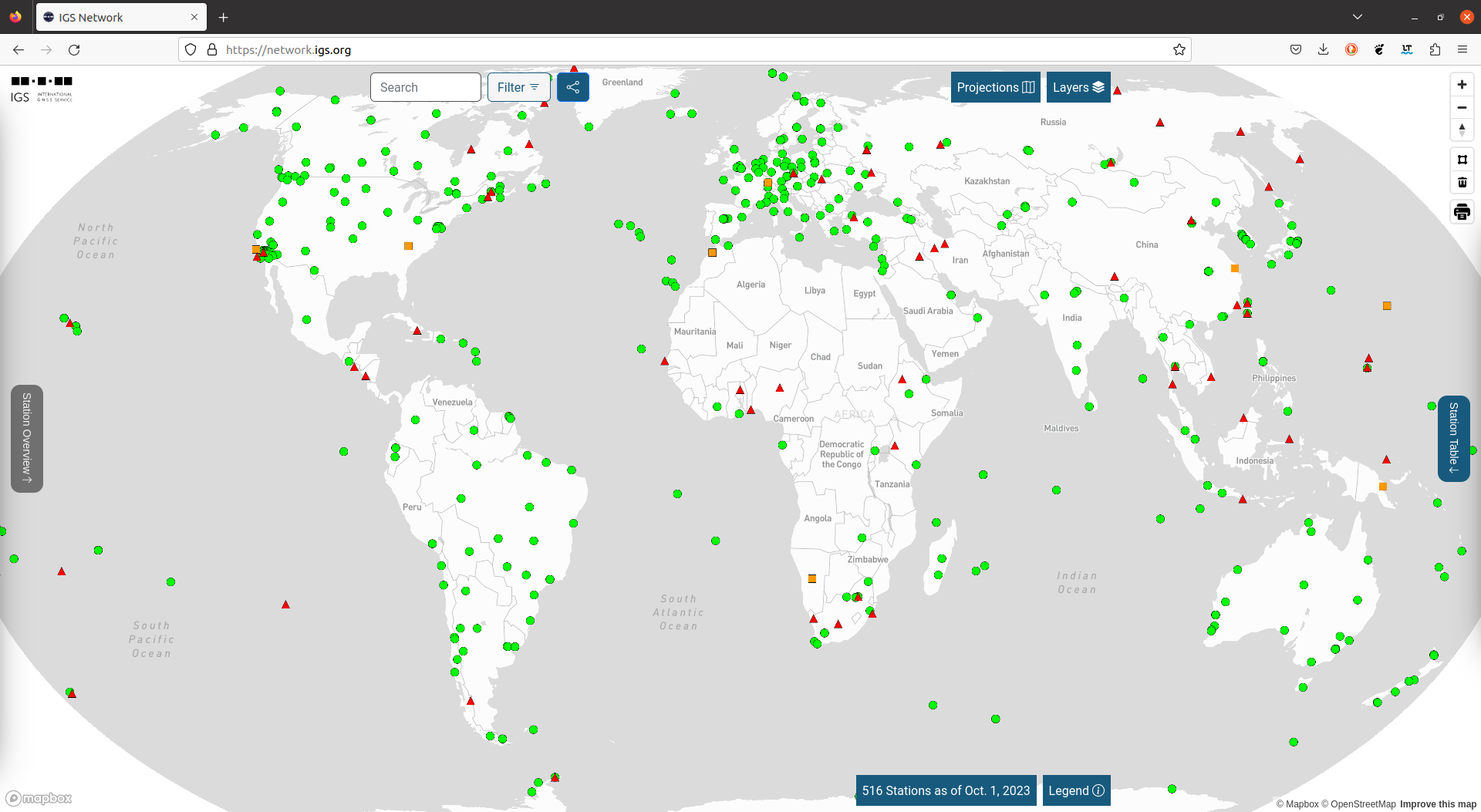
In order to remedy this, AMIC proposes the deployment of ACORN (AMIC Continuousy Operating Reference Station Network), a network based entirely on affordable receivers logging data and sending them to the ESA’s GSSC data repository.
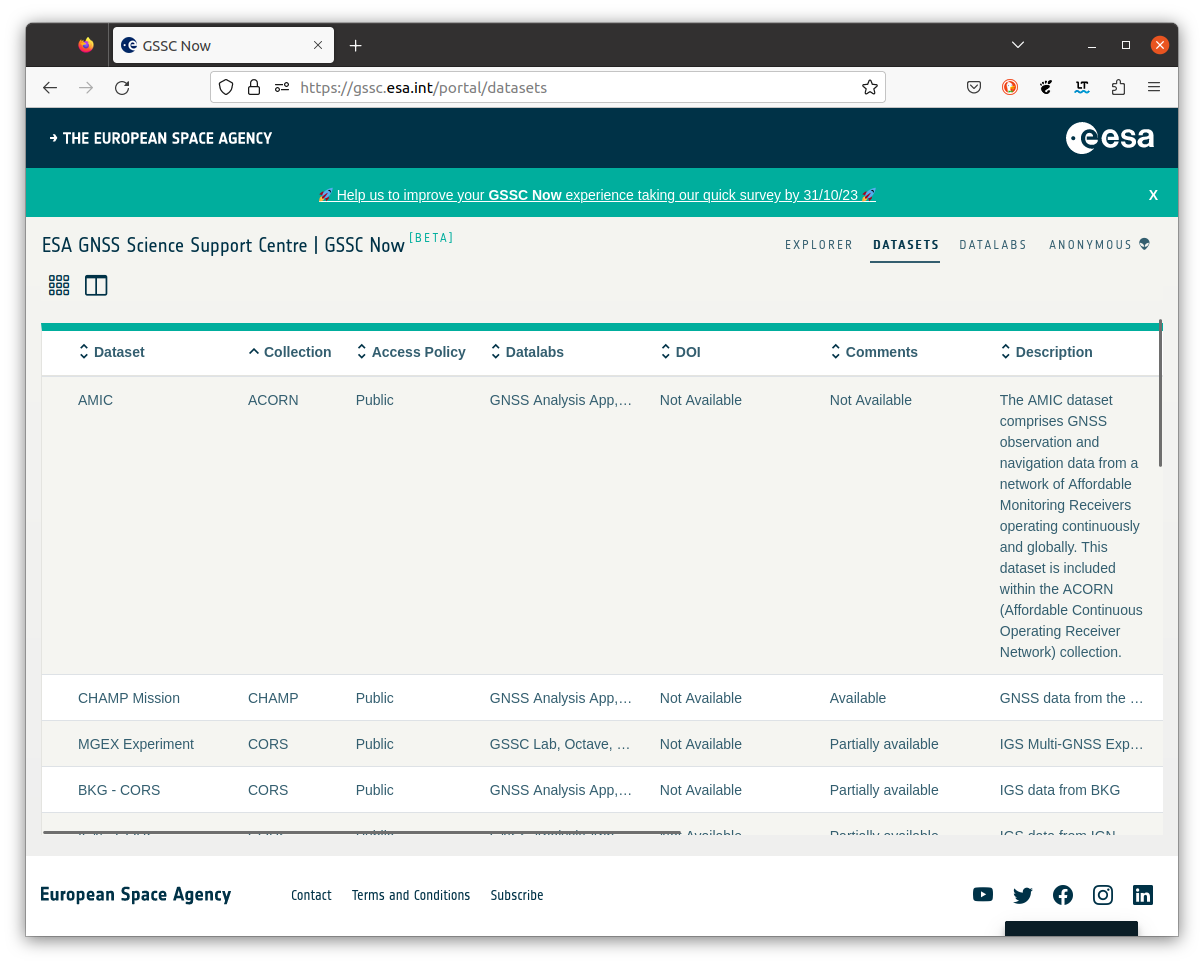
An important point of the project and the network is that the data will be publicly available. A first set of deployment sites of the ACORN network can be seen in the following figure.
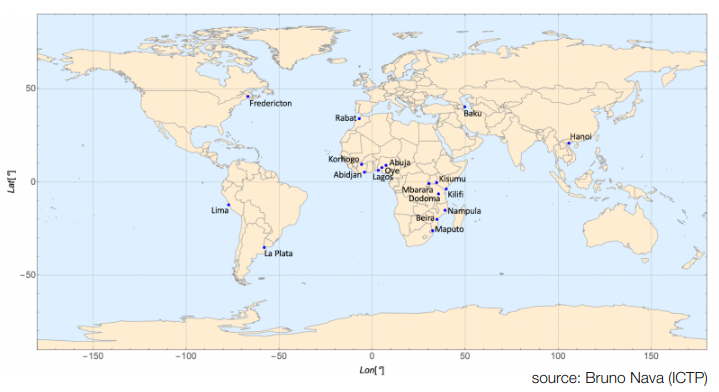
Albeit special emphasis is placed on African sites, locations in other continents are also being considered.
The network receivers#
The AMIC GNSS receiver is a receiver based on the u-blox ZED-F9P GNSS chipset, which is a dual frequency (L1/L2/E5b) receiver able to track multiple constellations (GPS, Galileo, Beidou, Glonass, QZSS, …). The AMIC receiver is a MEDEA GNSS computer developed by Rokubun, which follows the trend of the new generation of affordable GNSS receivers.
The power consumption of the device is very low (similar to the consumption of a Raspberry Pi).
The device will transfer around 35 Mbytes per day of data to ESA servers in Europe.
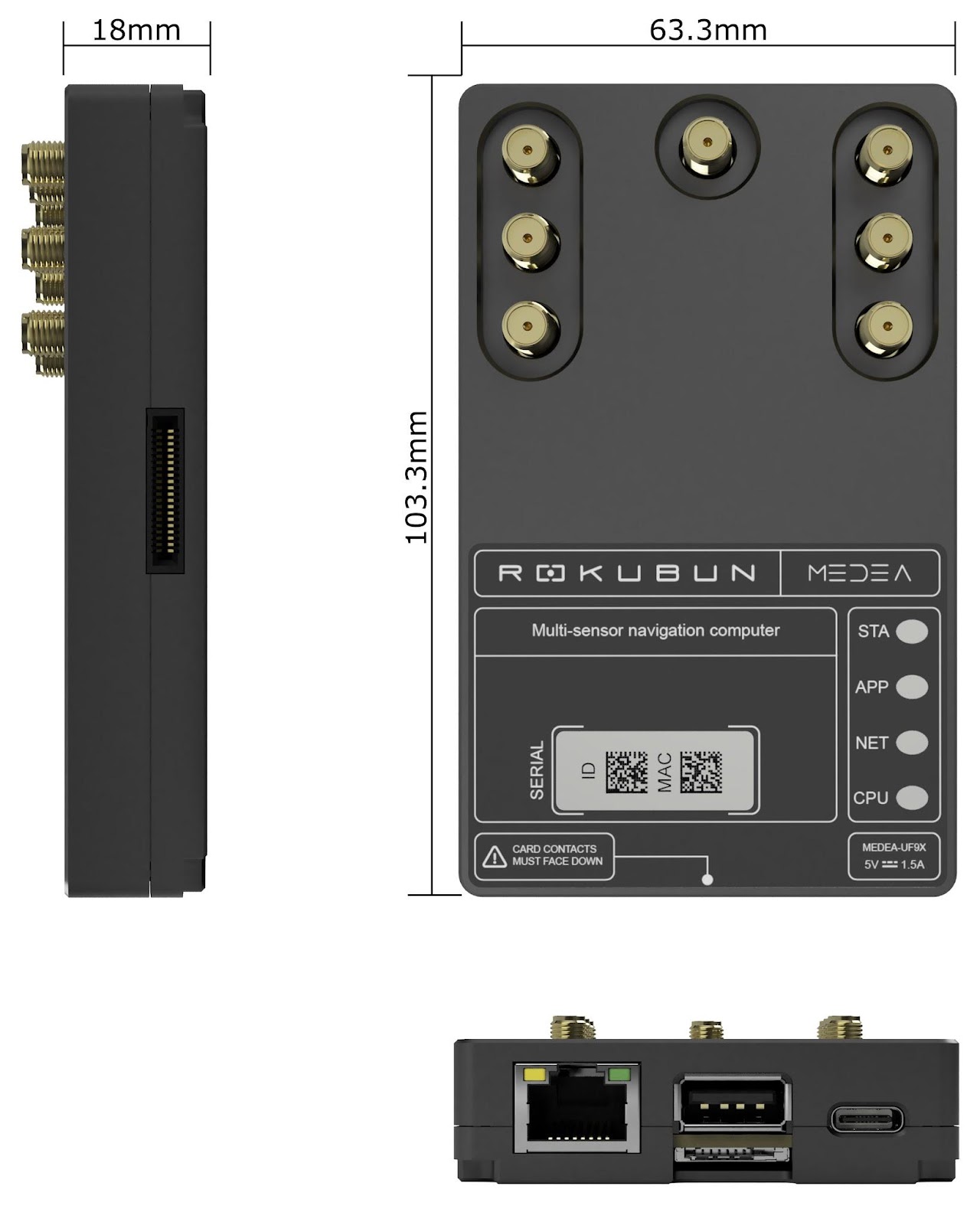
The antenna corresponds to an Inchang JCA228B multi-frequency GNSS antenna
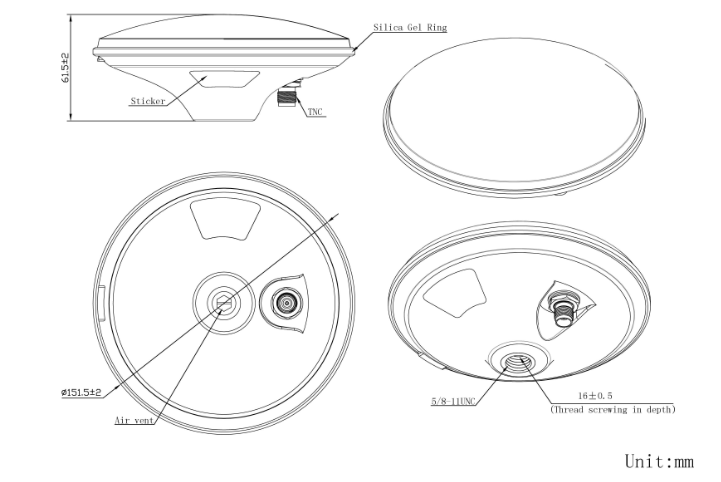
The AMIC receivers have these additional characteristics:
are affordable enough (~ 1k€) so that they might be easier to replace in the likely event that the device is lost or damaged in remote areas, where human access can be challenging.
they are shipped preconfigured so that they have to be plugged and left. The standard configuration is logging of GNSS pseudoranges, carrier-phase, Doppler and SNR at 1Hz rate
Storing data in RINEX file, with file rotation of 15 minutes.
Whenever a new RINEX file is available and connectivity is up, it will be automatically uploaded to ESA’s GSSC servers.
The receiver can handle intermittent Internet connectivity outages, as it can store ca 1 month worth of data.
